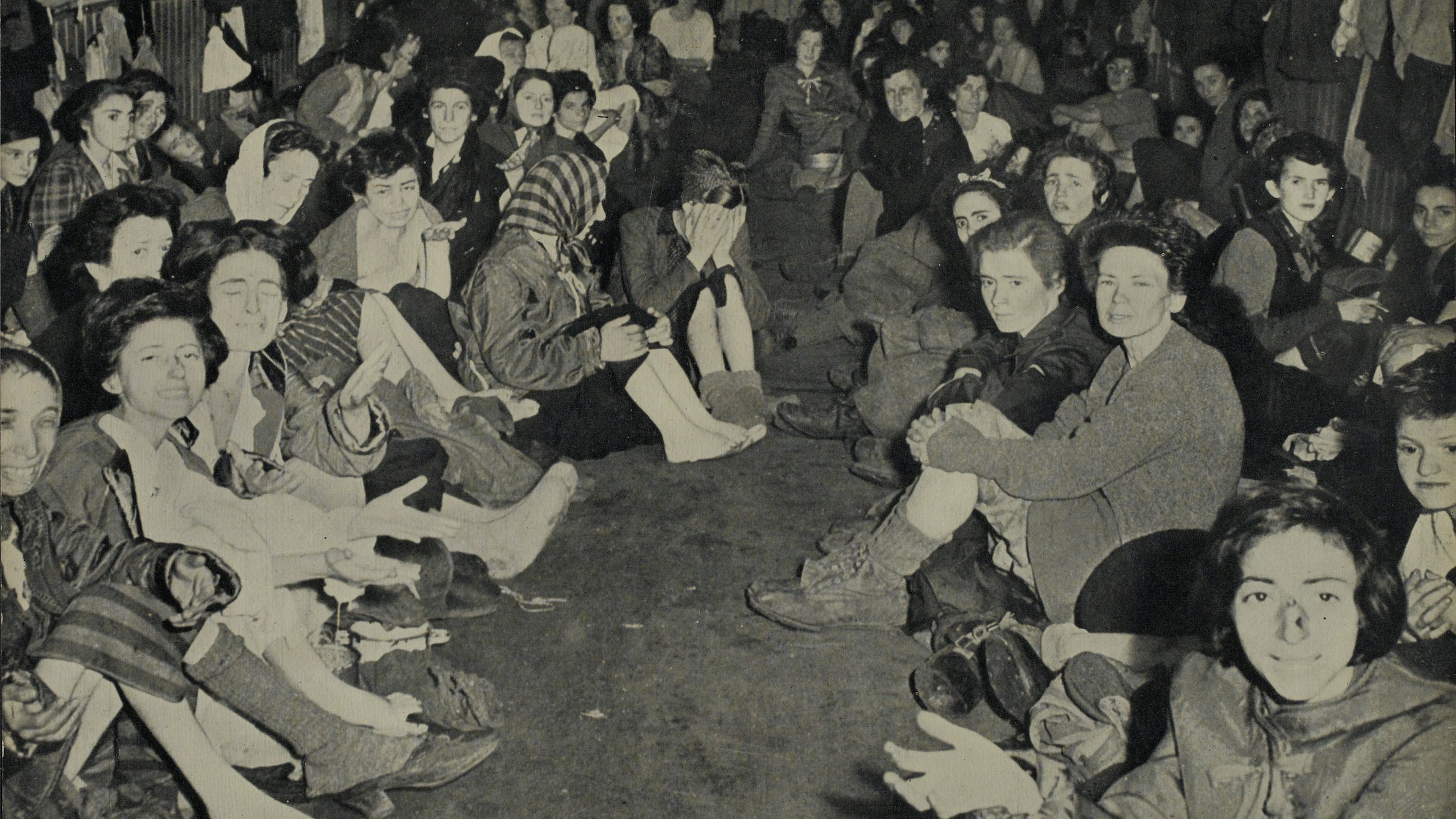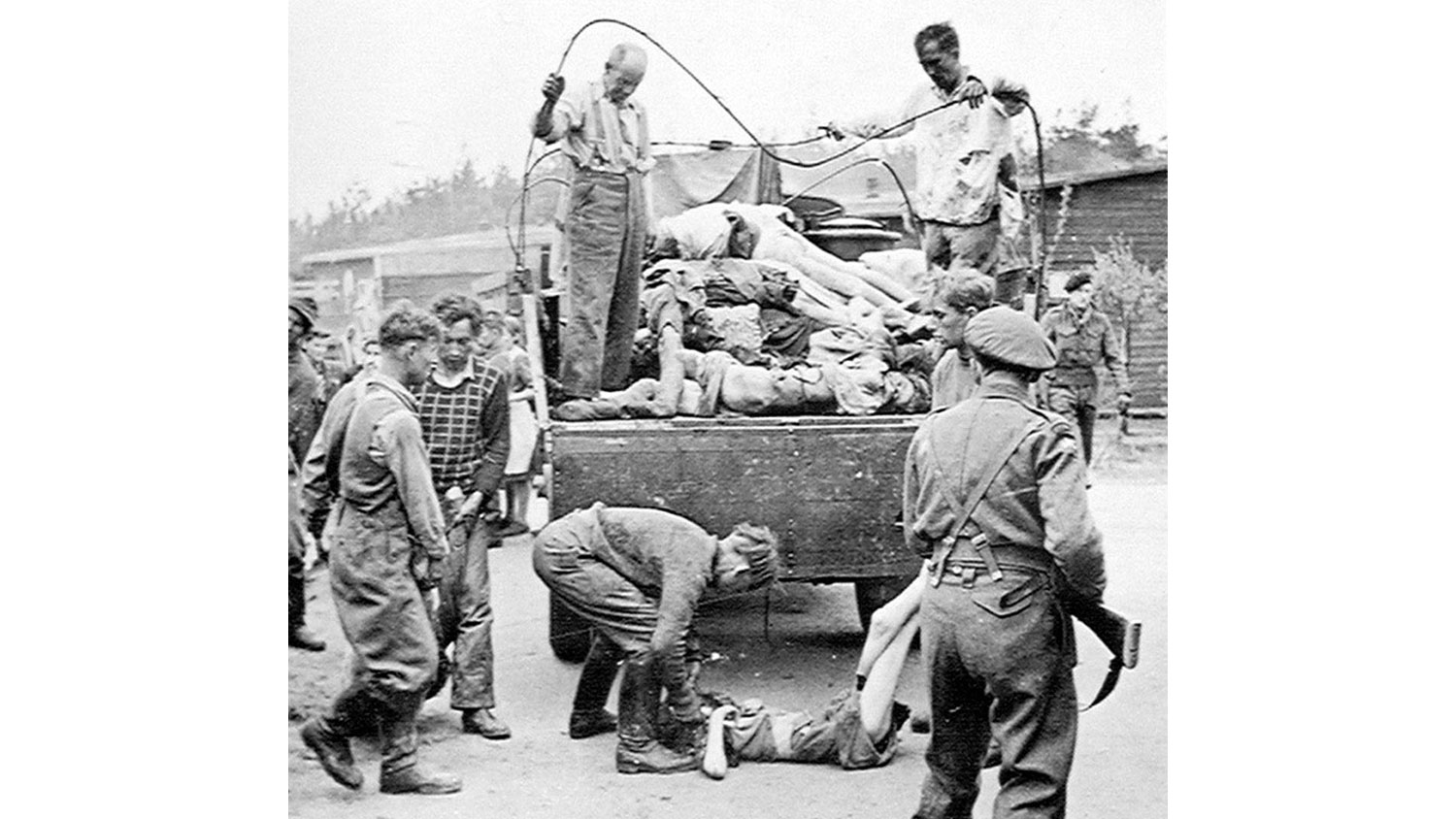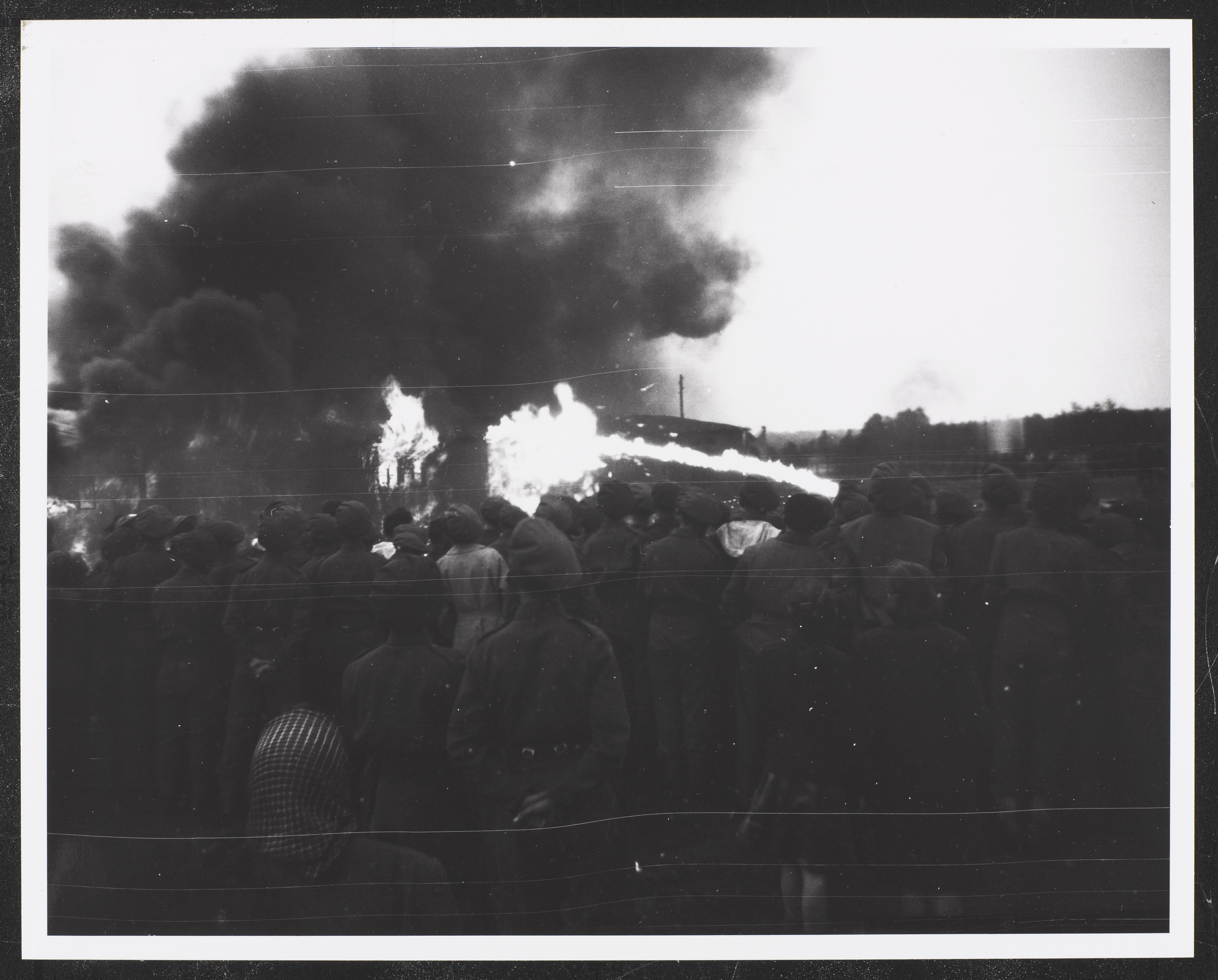
Bergen-Belsen: How British troops liberated the Nazi concentration camp

Warning: This article contains content some may find distressing
On 15 April 1945, British Army soldiers liberated the Nazi concentration camp in Bergen-Belsen, northern Germany.
Soldiers from 11th Armoured Division discovered 60,000 prisoners, all in desperate need of help and medical attention.
They also found the bodies of more than 13,000 prisoners who lay unburied around the camp.
- Fake news is just another name for propaganda, warns Bergen-Belsen survivor
- The siren suit: Why Churchill didn't dress to impress on his visit to the White House
- Yalta: How Churchill, Roosevelt and Stalin planned to carve up post-war Europe
The site was the first concentration camp British forces came across as they made their way through northwest Europe, with its discovery coming after the liberation of Auschwitz by Soviet troops in January 1945.
After overpowering the Nazis and crossing into Bergen-Belsen, 11th Armoured Division was moved on to continue the British campaign across Germany.
The liberation quickly became a relief operation, under the control of Brigadier Hugh Glyn-Hughes, the Deputy Director of Medical Services, British Second Army.
Personnel worked to prevent any further lives being lost, bury the dead and restore a supply of food and water.

The Field Ambulance Unit evacuated the sick, while the Military Government moved healthy former inmates.
A hospital was also created in the Panzer Training Barracks, which would become a British garrison in Germany for seven decades.
By 16 April 1945, a day after British forces crossed the threshold at Bergen-Belsen camp, a food cart arrived with enough for every inmate to have an evening meal.
Two days later, medical teams started to arrive on site, including British Army personnel, the Red Cross, nurses and civilian medical students.
Despite this arrival of aid, 10,000 people died in the days after Bergen-Belsen's liberation.
Within four weeks, 28,900 people were moved out of Belsen and into the ex-training barracks hospital, where they were registered, re-clothed and prepared for life after liberation.
It took more than a month for the death rate to fall from 300-400 a day to below 100.
On 21 May 1945, once the last prisoners had been moved out, British personnel burned down the remaining barracks buildings at the camp to prevent the spread of disease.

During the final six months of the camp's existence, at least 35,000 prisoners are believed to have died.
Among them was teenage diary-writer Anne Frank.
Following the discovery of the concentration camp at Bergen-Belsen, photographers and videographers recorded the scene at the site.
Meanwhile, evidence was gathered by legal teams ahead of war crimes trials.
The only remains of the concentration camp today are numerous memorials and an outline of the original site.









